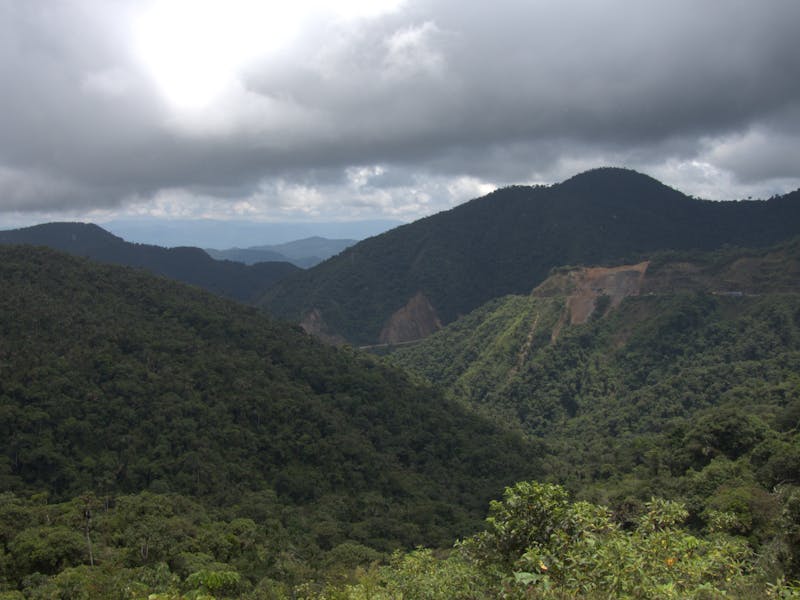Years ahead of schedule, Bolivia has met an ambitious goal to protect 30 percent of its land — and that's thanks in large part to Amazonian towns and villages that are accelerating the pace and scale of conservation in the country.
Bolivia’s last national protected areas were created in the early 2000s. Since then, local municipalities have stepped up. Today, their lands represent a third of all land under conservation in the country. With support from Conservation International, two new municipalities deep in the Amazon recently joined this growing effort.
“When people think about conservation they tend to think of national parks and other protected areas created by national governments,” said Conservation International-Bolivia Executive Director Eduardo Forno. “In this case, little by little, municipalities — some as small as 200 people — are having an impact on the Amazon.”

Teoponte, Bolivia. ©Gabriela Villanueva
Conservation International has worked with four municipalities to create protected areas that on average span more than a third of their territories — including the recent protections enacted by the municipalities of Alto Beni and Teoponte. Overall, Conservation International has helped Bolivian municipalities protect nearly 2 million hectares (5 million acres) — and there are plans to support nine additional municipalities in creating protected areas, Forno said.
“This proves that small towns and local communities can play a big role in protecting nature and fighting climate change,” Forno said. “They’re very motivated.”
Why? Because living so close to nature means Amazonian communities rely on it for their livelihoods — and feel the impacts when it’s destroyed, Forno said referring to increased flooding and deadly mudslides that have been exacerbated by deforestation.
Further reading: New map pinpoints where people depend on nature the most
Not only can protected areas help communities prevent and recover from climate-driven disasters, they also help conserve the area’s wildlife — including the endangered spectacled bear, the only bear species in South America. And they maintain the critical services that nature provides for communities.
For example, the forests surrounding Alto Beni provide fresh water and support pollinators that are essential to the community’s cacao production — a source of income for many families. In neighboring Teoponte, a newly protected area functions as a conservation corridor, connecting the forests of the Andean foothills.
Historically, Bolivia has had one of the highest per capita deforestation rates in the world, Forno said. In 2021 alone, it lost more than 550,000 hectares (1.4 million acres) of forest, an area nearly the size of Delaware.

Alto Beni, Bolivia. ©Luisa Velasco
Turning this trend around requires strong partnerships with Indigenous peoples, local communities, and local and national governments, Forno said. Alongside the national government, his team has helped establish a network among Bolivian municipalities with protected areas to share knowledge and build partnerships. They also helped develop the first comprehensive atlas of municipal protected areas.
“The collaboration among the communities is encouraging,” Forno said. “They are taking a leading role in protecting their incredible resources for generations to come — and inspiring others to join in.”
Further reading:
- In Bolivian Andes, new protected area offers ‘a breath of fresh air’
- 3 reasons for hope for the Amazon
Mary Kate McCoy is a staff writer at Conservation International. Want to read more stories like this? Sign up for email updates. Also, please consider supporting our critical work.
